The Law on Organization of People’s Courts was promulgated by the National Assembly of the Socialist Republic of Vietnam on November 24, 2014, effective from June 01, 2015 to detail a number of articles in the Constitution 2013 and is a new development step in line with the current policy of judicial reform in our country.

The Law on Organization of People’s Courts 2014 of Vietnam has the following new ponts:
One, organization of people’s courts:
According to the Law on Organization of People’s Courts 2002, people’s courts in Vietnam include:
1. The Supreme People’s Court;
2. The People’s Courts of the provinces and central-affiliated cities;
3. The People’s Courts of the rural districts, urban districts, provincial capitals and provincial cities;
4. The military courts;
According to the Law on Organization of People’s Courts 2014 of Vietnam, the organization of people’s courts includes:
1. The Supreme People’s Court.
2. Superior people’s courts.
3. Courts of provinces and central-affiliated cities.
4. Courts of rural districts, urban districts, towns, provincial cities and the equivalent.
5. Military courts.
Thus, according to the new Law, the establishment of superior people’s courts in the Court organizational system in our country is accompanied by many adjustments in the powers and duties of the Courts.
Two, duties and powers:
According to the Law on Organization of People’s Courts 2002, the organizational structure of the Supreme People’s Court is composed of: the Council of Judges of the Supreme People’s Court; the central military court, the criminal court, civil court, economic court, labor court, administrative court and appellate courts of the Supreme People's Court (in case of necessity, the National Assembly Standing Committee shall decide to set up other specialized courts at the proposal of the chief judge of the Supreme People’s Court) and the assisting apparatus. According to the new Law, the Supreme People's Court shall not establish Courts of Appeal and specialized Courts; the central military court is also not part of the Supreme People's Court. Part of the authority of the previous Supreme People's Court will now be transferred to the Superior People's Court (for example, conducting appeals, cassation, and retrial).
According to the Constitution 2013 of Vietnam, Court judges are appointed, dismissed or relieved from duty by the President. Court clerks and examiners are appointed, dismissed, or relieved from duty by the Chief Justice of the Supreme People's Court, the Chief Justice of the superior People's Court, or the Chief Justice of the Provincial People's Court.
Three, organizational structure:
According to Article 21 of the Law on Organization of People’s Courts 2014 of Vietnam:
- The organizational structure of the Supreme People’s Court consists of:
+ The Judicial Council;
+ The assisting apparatus;
+ Training institutions.
With such an organizational structure, the Supreme People's Court according to the provisions of the new Law has no powers or duties to adjudicate on appeal and the scope of adjudication is also narrower than before, but focuses on summarizing trial experience and a number of other things according to the provisions of law.
- The organizational structure of a superior people’s court consists of:
+ The judicial committee;
+ The criminal, civil, administrative, economic, labor, family and juvenile tribunals; in case of necessity, the National Assembly Standing Committee shall decide to establish another specialized tribunal at the proposal of the Chief Justice of the Supreme People’s Court;
+ The assisting apparatus.
The new law stipulates a very special specialized court - family and juvenile tribunals (established at the superior People's Court).
- The organizational structure of a people’s court of a province or central-affiliated city consists of:
+ The judicial committee;
+ The criminal, civil, administrative, economic, labor, and family and juvenile tribunals; in case of necessity, the National Assembly Standing Committee shall decide to establish other specialized tribunals at the proposal of the Chief Justice of the Supreme People’s Court.
+ The assisting apparatus.
A new point in the organizational structure of the people's courts of a province or central-affiliated city is the establishment of family and juvenile tribunals and administrative courts. The Chief Justice of the Supreme People's Court decides on the organization of a specialized court.
- Organizational structure of the district court
The district-level People's Court has an assisting apparatus that can establish family and juvenile courts and administrative handling courts (this is a completely new point compared to the Law on Organization of People’s Courts 2002).
According to the new Law, the Court has an additional title: Examiner (Examiner is a new title in the Court). Above are some new points about the organizational structure of the People's Court according to the provisions of the Constitution 2013 and the Law on Organization of People’s Courts 2014 of Vietnam approved on November 24, 2014.
Source: truongchinhtrils.vn
 Article table of contents
Article table of contents
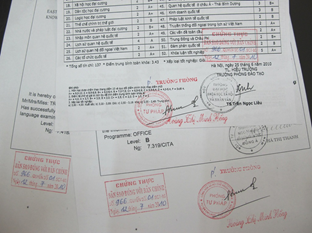
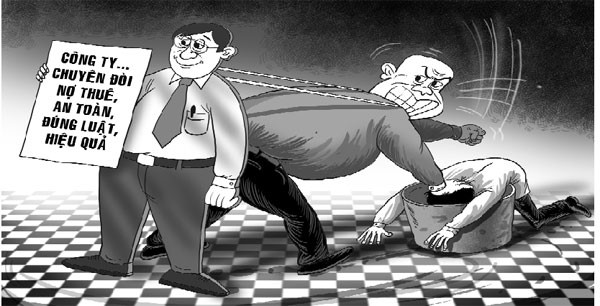
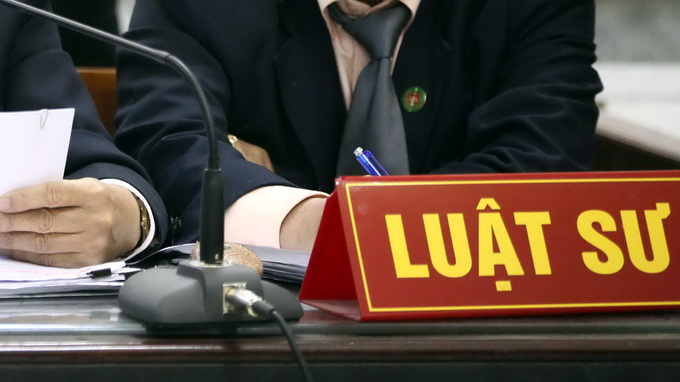
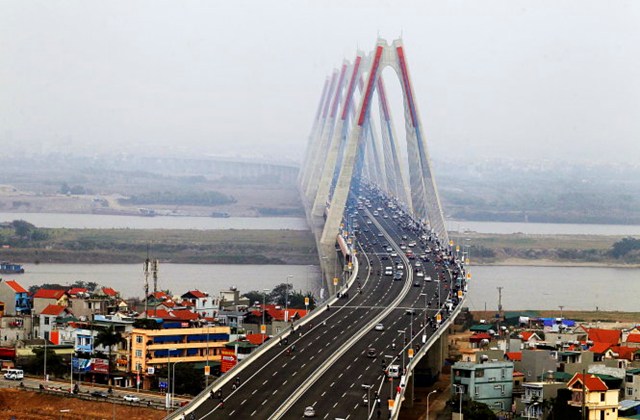
.jpg)
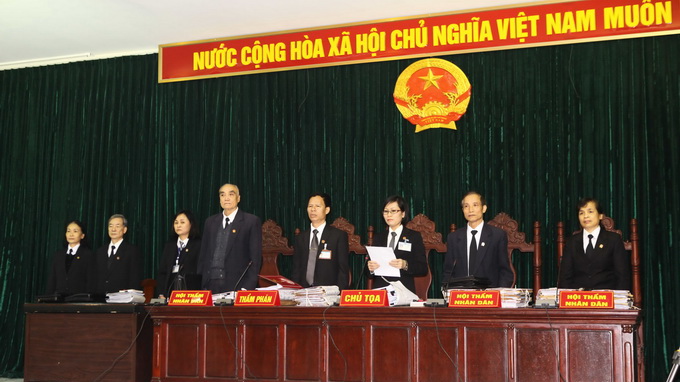
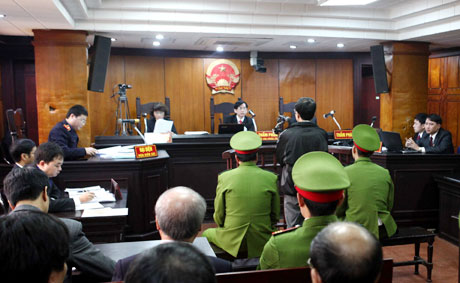
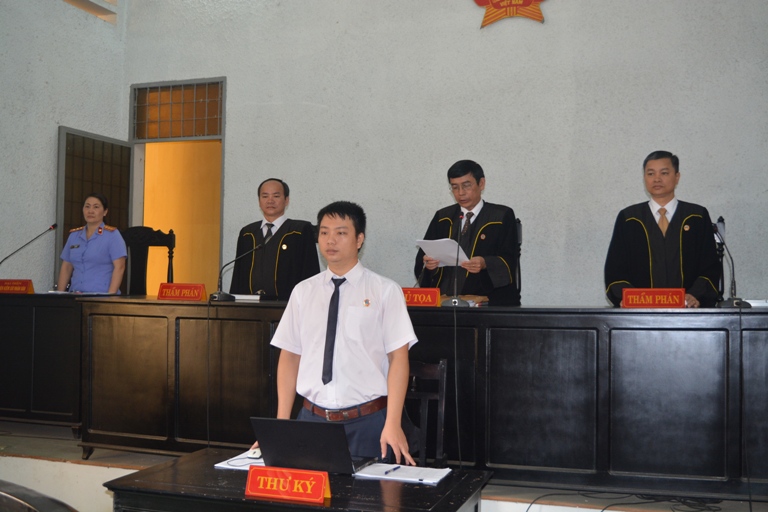
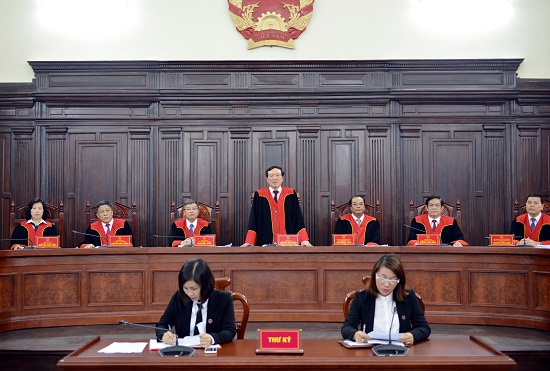

.Medium.png)
.Medium.png)
.Medium.png)
.Medium.png)
